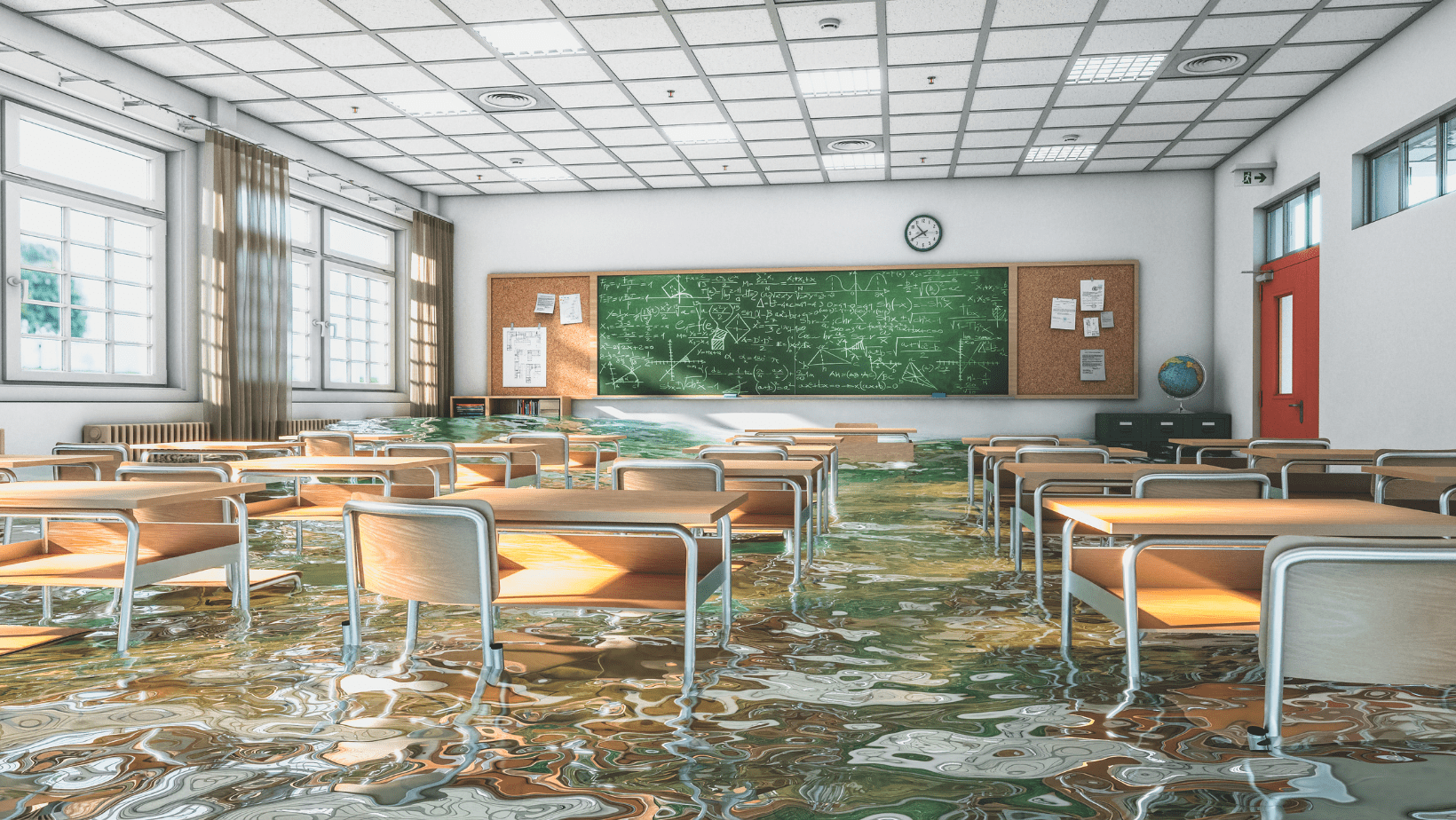Winter weather can wreak havoc on buildings of all sizes, including schools. Water damage in a school can lead to expensive repair needs, the risk of mold, and even an inability to use certain spaces within the building. Here are a few things schools can do to prevent costly winter water damage.
Conduct Regular Roof Inspections
A damaged roof can lead to leaks, damaging the school’s walls and floors. Regular roof inspections ensure the roof can withstand snow and ice. It’s also a good idea to promptly repair any minor roof damage before winter to avoid letting the outside elements in. A regular roof inspection should also look for any potential leaks.
Small leaks can quickly get much larger, putting your school and its students at risk. Calling a Virginia water damage restoration professional after even a small leak can help minimize the damage and keep your school safe.
Ensure Gutters and Downspouts are Clean
Clogged gutters are one of the biggest causes of flooding during winter. Ensure all gutters and downspouts are debris-free, including leaves or dirt, so rain or melted snow can easily flow off the roof. Ice dams — collections of melted snow that come off the roof — are common following winter storms. They flow into your gutters and refreeze.
Reinforcing your gutters before winter or between snow storms may also be useful. Heavy ice or snow accumulation can weaken your gutters and downspouts, making them less effective.
Winterize
Winterizing the school may be a good idea if no one plans to visit the school during long winter breaks. You might turn off the main water shut-off valve to prevent pipes from freezing and wrap exterior pipes and handles with insulation. Water expands as it freezes, which could lead to your pipes cracking and bursting.
Turning on the heat, even during school breaks, can also help protect the school. You should set your thermostat to at least 50 degrees during breaks. Avoid turning off the school’s boilers during winter break, which can lead to frozen pipes.
Plan for Snow Removal
Most schools have plans in place to plow and salt parking lots and walkways after a snowstorm, but some forget about removing snow from other parts of the school. Removing snow that is too close to the building can prevent water from getting indoors once it melts.
Heavy snowstorms can also put too much of a burden on the roof. Too much snow on the roof for too long can cause it to sag and bubble. Removing snow from the roof may be necessary after a winter storm.
Spring or winter water damage in schools can lead to mildew, mold, water contamination, and fire and electrical hazards, making it an especially dangerous risk for schools. Creating a winter safety plan with prevention tips like the ones listed here can help keep your staff and students safe. When prevention techniques don’t keep water out, the next best thing to do is to contact a professional water and mold remediation company. Taking action quickly can reduce the extent of the damage while ensuring the school is safe.








